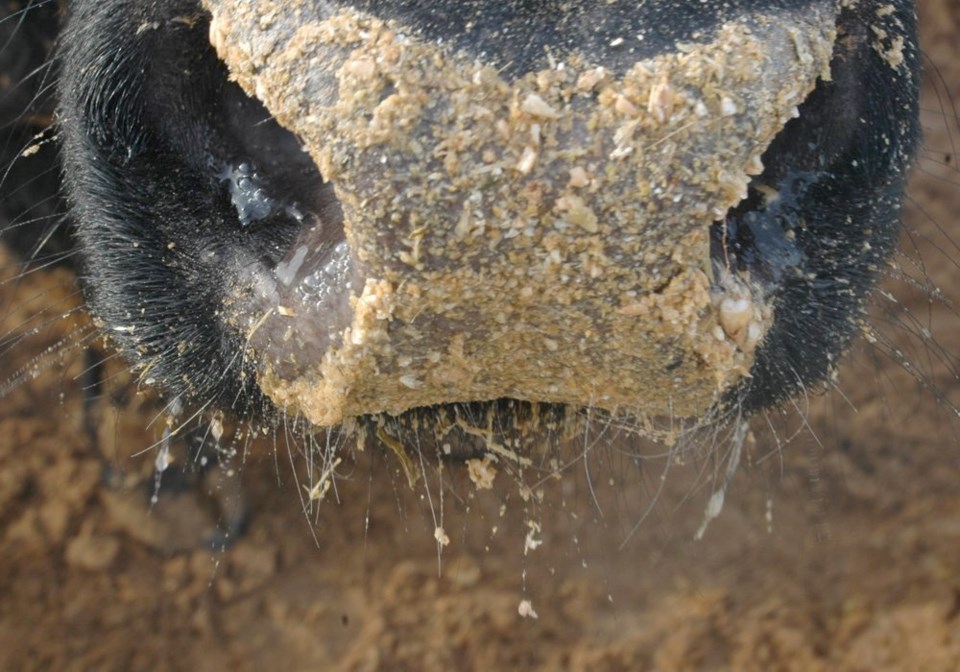WESTERN PRODUCER — Finding new feed sources and new markets has been critical for survival due to last year’s drought and feed shortage
A lot of cattle learned to eat kochia.
And a lot of producers learned how to use feed sources and mixing methods they’d never considered before the drought of 2021.
“Ranchers are resourceful. They’re really good at finding other crops to feed,” Chelsea Norheim, vice-president of Norheim Ranching, said in an interview at the recent Ag in Motion outdoor farm show near Saskatoon.
“Cattle are recyclers. They can eat a lot of things.”
Those things include weeds, screenings, hulls, powders and old potatoes. For farmers with almost no feed whatsoever last summer and through the winter, finding new feed sources and new markets has been critical for survival. Norheim said farmers learned to mix whatever was growing on their fields with new or unorthodox feed sources.
“Guys were baling anything that was green. It was kochia. It was junk. Anything that would grow, the cows would eat it,” said Norheim. The evolution of the plant protein industry has been a godsend to cattle producers because much of the non-protein content of crops like peas and canola can come out of processing plants and provide excellent feed for cattle.
“There is a lot of byproduct out of that and the cows love it,” said Norheim.
Feed provider Bruce Wiebe with Willow Mills in Osler, Sask., said his company and others have been shifting and switching as they seek and obtain feed in a deficit situation.
“Some stuff has run out. Some stuff is just way out of range. We’ve switched products, reformulated rations and kept going,” said Wiebe.
He has seen U.S. corn come into Canada to fill in for barley and soybean meal brought in as a substitute for dried distillers grains.
With crops and fields looking better now, farmers hope to have less of a scramble feeding their animals this fall.
“They’re buying feed wherever they can. They’re trying to cut costs for the year, just hoping this season will give them a boost to get back in the game,” said Wiebe.
A new approach for farmers keen to provide feed and avoid waste has been embracing vertical feed mixers, Norheim said.
That has also created a fresh market for her company, which has long supplied vertical feed mixers to dairy producers but previously didn’t find much interest among beef producers.
“You can use lower quality feed to build up a ration,” said Norheim. Non-traditional products can be combined with other feedstuffs inside the mixer’s tub, then the knives slice and dice everything up to a uniform consistency, which provides an evened-out ration and avoids waste from picky cows.
“Normally, the cows would sort through and not eat the (least palatable) stuff, but when you chop it up into that feed mix, they have to consume it,” said Norheim.
Dairy and hog producers have long relied on feed mixers to provide rations that give them more freedom to substitute one feed ingredient for another, but beef producers generally haven’t needed to focus on that.
The drought, however, has shown many the value of being able to pivot from one source to another.
“The biggest change is that it’s made beef producers look at it as a feeding method,” said Norheim.
“It’s a business that already had tight margins.”
Once the drought fades and feed is again plentiful, one of the things left behind will likely be a desire by many producers to go beyond barley and hay and keep their feed options open.

